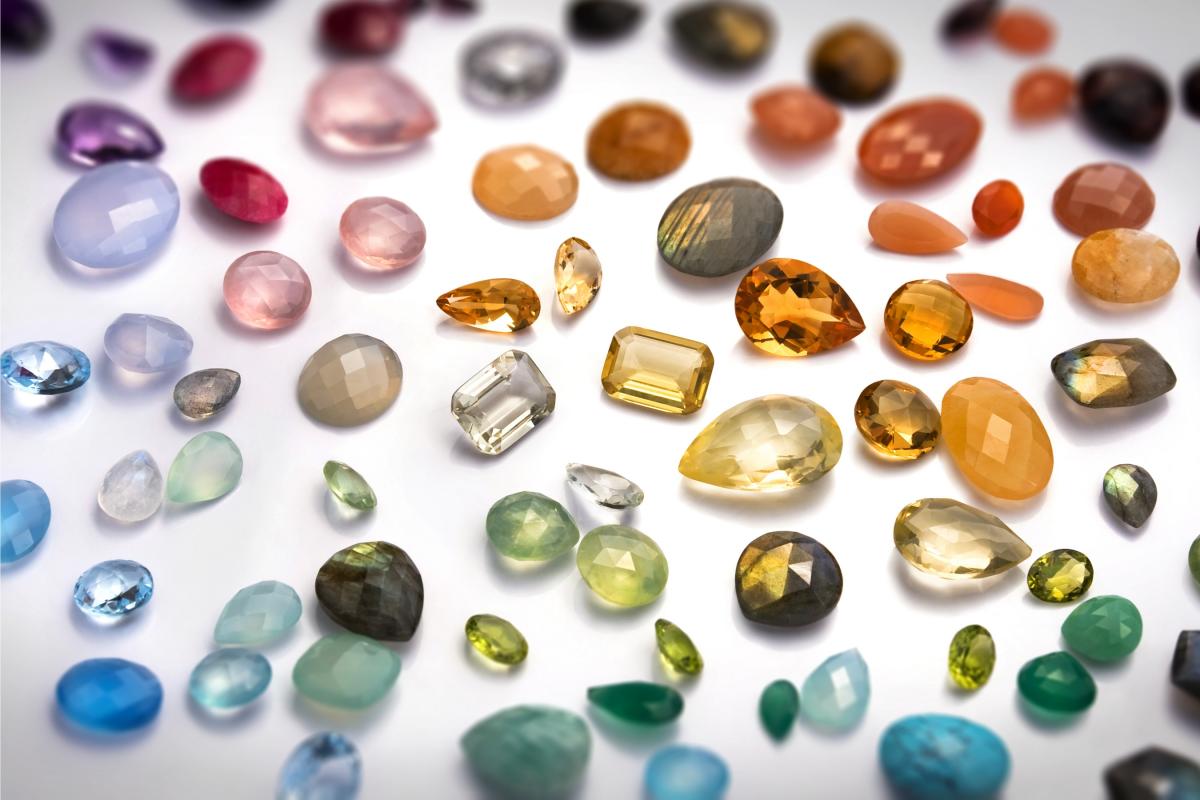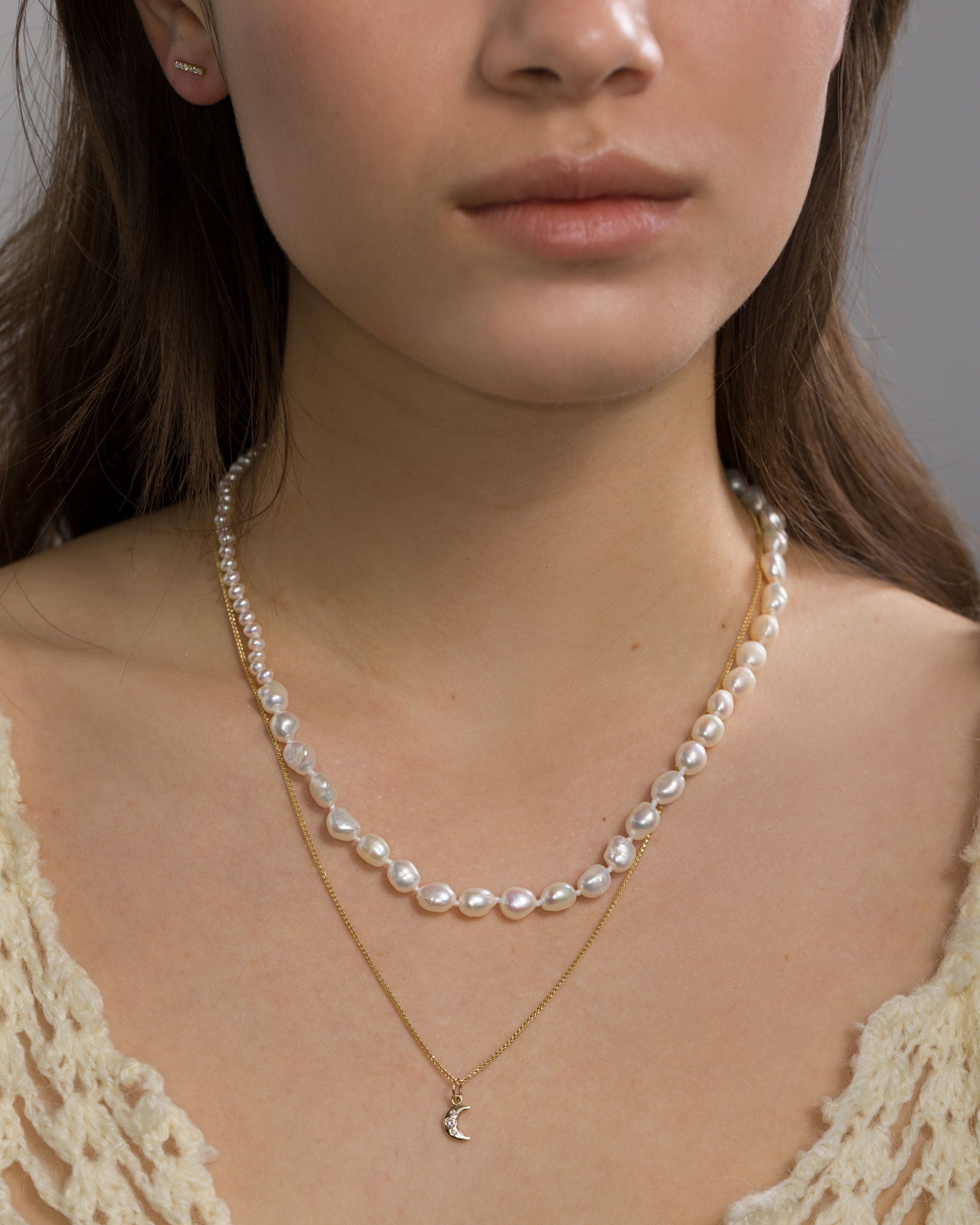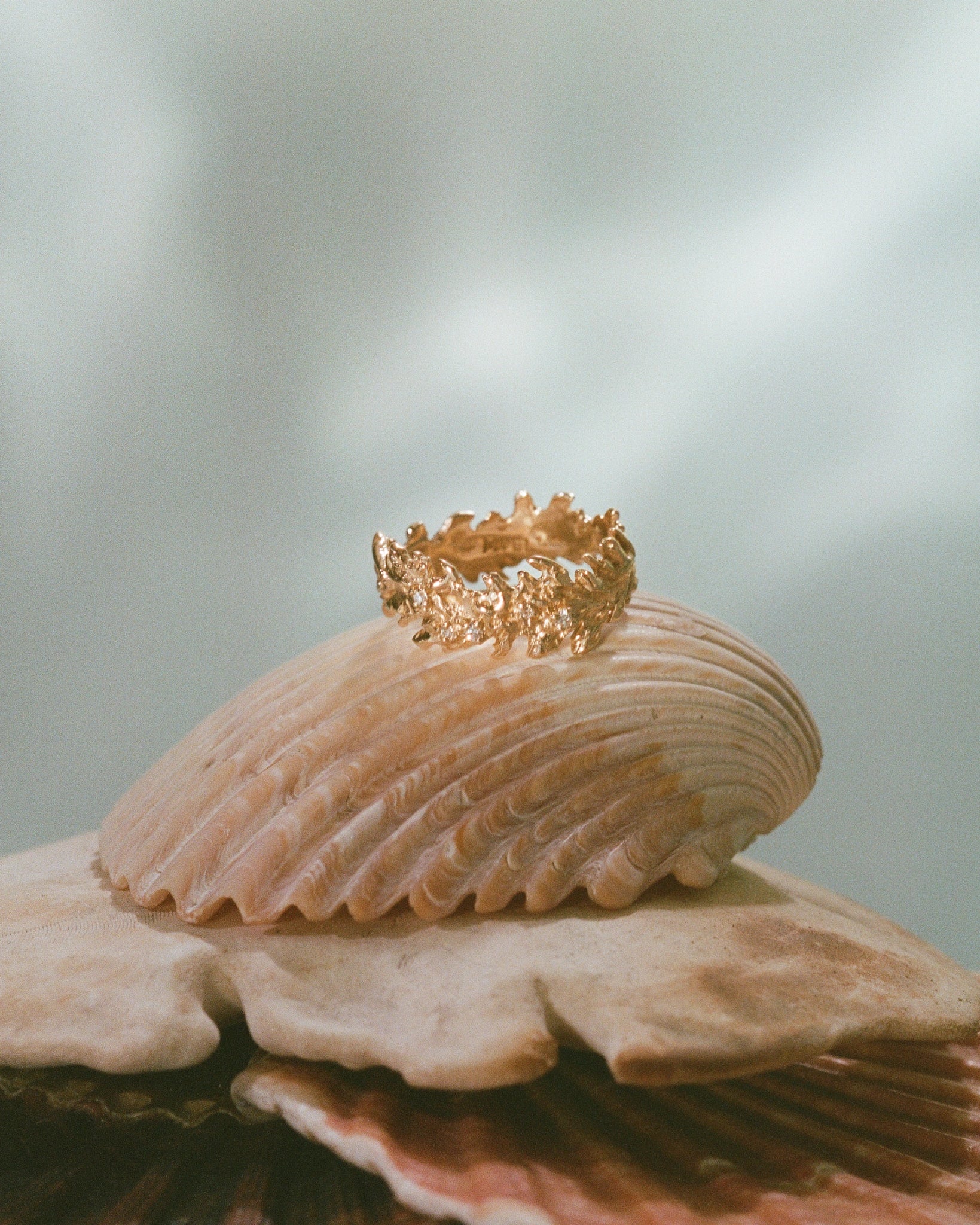Birthstones: Between legends and virtues

The origin of birthstones remains mysterious. In fact, long before the advent of the new age (20th and 21st century), it was common in the West to associate the stones we know today as birthstones with birth months.
The phenomenon of birthstones has a rather interesting history. The book of Exodus in the Bible refers to a sacred object known as the "breastplate of Aaron". It is said that this breastplate was worn by a high priest to communicate with God. It contained twelve different precious stones. Throughout history, from Roman times to medieval times, scholars have studied the Bible to determine which gems were on the breastplate. There is no consensus to this day on the exact stones found on the biblical object. However, in 1912, the American National Jeweler's Association created its own list of birthstones. Some modifications were made to this list throughout the 20th and 21st centuries.
A jewel with a birthstone is an ideal gift for different moments of life: the birth of a child, a birthday, an encounter, a journey.The symbolism behind each of the 12 birthstones is a belief, and it is up to you to believe it or not and choose your favourite stone!
Adding a birthstone to a piece of jewelry is like immortalizing a moment of life in a precious talisman.
GARNET - January
The term "Garnet" originated from the Latin word "granatus", meaning seed, referring to the seeds of the pomegranate. The pomegranate is mentioned in the legend of the abduction of Persephone (the Greek goddess of the sun) by Hades (god of the underworld), in Greek mythology. Before releasing Persephone, Hades gave her pomegranate seeds to guarantee her return.
According to Jewish tradition, Noah brought a precious stone in his ark as a source of light. During the flood, the sun and moon did not shine, but fortunately this stone was brighter at night than during the day, allowing Noah to distinguish day from night. Some stories refer to this gemstone as a garnet.
In Jewish and Muslim tradition, the garnet is a symbol of light, faithfulness and truth. Furthermore, Native healers believed that the garnet had protective powers against injury and poison.
AMETHYST - February
Historically, amethyst was kept as a talisman, as it was believed to neutralize the effects of alcohol. The word amethyst comes from the ancient Greek "amethustos", which means "not drunk".
According to Greek mythology, Dionysus, God of wine and fertility, claimed a nymph called Amethyst. The latter wished to remain chaste. Dionysus then became jealous, because Amethyst preferred to venerate the goddess Artemis, goddess of the moon, of hunting, of the wild world and of chastity. Dyonisos then ordered two tigers to devour Amethyst, but Artemis then transformed Amethyst into white quartz. Dionysus, sad and humiliated, wept into his cup of red wine and the wine spilled from his cup onto the white quartz, giving it the purple hue that we recognize in Amethyst today.
Amethyst is said to have soothing and meditative properties. It is said to help maintain inner peace, banish negative thoughts and keep clarity of mind.
AQUAMARINE - March
The name "Aquamarine" comes from the Latin words "acqua" and "mare", meaning water and sea, because of its intense blue-green colour. In ancient times, sailors used to wear aquamarine talismans. This precious stone was valued for its ability to protect them from the wrath of Poseidon (Greek god of the sea). It thus ensured a safe journey.
This stone is said to have the power to bring calm, serenity and wisdom.
DIAMOND - April
Diamond comes from the Greek word "adamas" which means "invincible". It is indeed the hardest mineral on earth. In the Middle Ages, it was believed to confer virtue, strength, bravery and invincibility.
Greek philosophers believed that celestial spirits lived in diamonds, while the Romans believed that diamonds were the tears of the gods or stars that had fallen to earth.
In addition to bringing strength and courage, diamonds have been used over the centuries to help open the mind to the new and possible. The illumination and reflection of the diamond inspires the wearer's imagination and ingenuity.
EMERALD - May
In ancient Egypt, the emerald was considered a symbol of fertility and life. Emerald was one of Cleopatra's favourite gems, which has long been associated with fertility, rebirth and love. The ancient Romans went so far as to dedicate this stone to Venus, the goddess of love and beauty.
Today, emerald is known as synonymous with wisdom, growth and patience.
PEARL - June
The pearl is a symbol of purity and light.
In Greek mythology, Aphrodite (Venus in the Romans), goddess of love, was born from the foam of the sea in a shower of droplets that crystallized and became pearls. These pearls, deposited on the surface of the wave, created a giant oyster which carried the goddess on the water.
RUBY - July
The name ruby comes from the Latin word "ruber" which means "red".
The ancient Hindus called the ruby "the king of gems" and royal families used it to ward off evil, as it was believed to have magical powers. One of the powers was that the ruby would darken in the presence of evil and lighten when the evil disappeared. But this only worked when it was possessed by its rightful owner.
Today, the deep red colour of the ruby gives it its meaning of love and passion.
PERIDOT - August
The Arabic word "faridat , meaning gemstone, is the origin of the name peridot. Its vivid colour led the ancient Egyptians to call it the "gem of the sun". Peridot was believed to shine with its own inner light, even after the sun went down. It was also said that miners would locate these stones at night, only to retrieve them during the day.
It was also once believed that the green peridot crystals found in volcanic ash were the tears of Pele, the Hawaiian goddess of volcanoes. Set in gold, this gemstone was believed to protect its wearer from nightmares.
Alchemists recognize the peridot's virtues of centering, purification and protection.
SAPHIR - September
Sapphire comes from "Sappheiros", the Greek word for the colour blue. Today, we know that this stone is found in a wide range of colours, from yellow, orange, green, pink and other. For the Greeks, the sapphire is closely linked to Prometheus, who would have worn this stone for the first time. It is said that he took a blue sapphire at the same time he "borrowed" the fire.
The ancient Persians believed that the earth rested on a giant sapphire. Its reflection, they said, made the sky blue.
Sapphire is recognized as the stone of fidelity and soul. In ancient times, the sapphire was a symbol of trust, honesty, purity and loyalty.
PINK TOURMALINE - October
The name tourmaline reflects its variety of colours. It is derived from the Sinhala (Sri Lankan language) word "turmali", which means "stone of mixed colours". In ancient ceremonies in India, tourmaline was used as a tool to understand and help discover what is good. It was also used to make known who or what was causing trouble or evil action.
Pink tourmaline represents love of humanity, compassion, emotional healing and self-love. It is especially suited for people who carry a significant wound in their heart, as it encourages love and gently disperses emotional pain and dissolves disturbing feelings. Finally, it calms the negative emotions that often disrupt relationships.
CITRINE - November
The name citrine comes from the French "citron" and is provided with hues of yellow, gold, and orange-brown. In ancient times, citrine was worn as protection against snake venom and evil thoughts.
Today, citrine is considered energizing and imbued with powerful solar energy. This yellow-orange crystal is associated with individuals who want to move forward, set goals and attract power. It is also known to help stimulate mental skills, intuition and creativity. It is said to improve self-confidence and emotional control.
ZIRCON - December
The name zircon is of uncertain origin. It may come from the Persian "zargoun", which means "golden". Zircon appears in several ancient texts, including the Hindu poem about the mythical Kalpa tree, which was said to be adorned with zircon leaves.
Zircon is also mentioned several times in the Bible, first as one of the "Stones of Fire" (Ezekiel 28, 13-16) offered by Moses to be set in Aaron's breastplate, then as one of the stones used in the foundation of Jerusalem (Revelation 21, 19-20).
Since medieval times, zircon has been known to aid sleep, bring prosperity and
Kalpa tree promote wisdom in those who wear it.
Do you know our Origines collection? Pieces of jewelry handcrafted in Montreal in 14K gold or sterling silver that you can personalize with the ethical birthstone of your choice: send as a gift, stack as your birth month or choose your favourites!
DISCOVER THE ORIGINE COLLECTION NOW
Click on the picture below to shop your favorite birthstone and add something unique to your personalized jewelry:
 |
Sources:
Burke Museum (n.d.). January: Month of Garnet. https://www.burkemuseum.org/collections-and-research/geology-and-paleontology/minerals/science-and-legends-birthstones/january
Ford S. (2018). Crystal & Gem: A Magazine Concept for the Millennial Audience. Theses/Capstones/Creative Projects. 15. https://digitalcommons.unomaha.edu/university_honors_program/15
Shang P. (n.d.). Garnet Symbolism. https://www.gemsociety.org/article/garnet-symbolism-legends/
The old Farmer's Almanac (January 9, 2020). Birthstones by month: colors and meanings. https://www.almanac.com/content/birthstones-and-their-meanings




